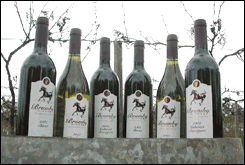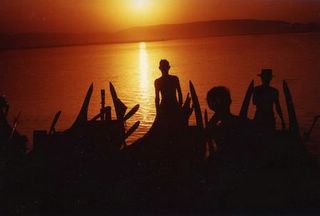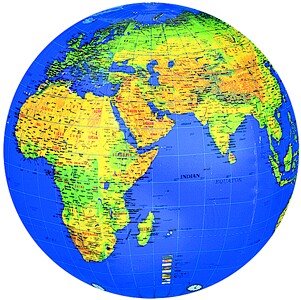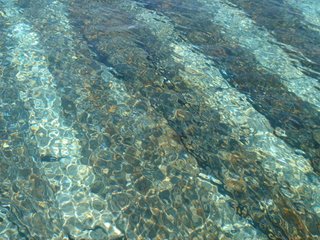
First things first: summer in Australia is the direct opposite of summer in the Northern Hemisphere. Yes, you heard right. In Australia, summer actually happens from December to February. Which means Aussies celebrate their Christmas at the height of summer. Which means they get to do more things they otherwise couldn't do if they were in the wintry, arctic regions on the Northern Hemisphere. Blessed be the Australian summer.
But watch out: the Australian summer can be very hot and unforgiving, but this is just fine as long as you keep a handy bottle of sunscreen with you and arm yourself with a good pair of UV-proof sunglasses. For Aussie families, summer generally is the time to hit the beach and frolic in the waters. Summer also marks the mid-year break for students; instead of springbreak, they enjoy summer holidays or Christmas holidays. And for backpackers who roam and travel Australia, the Aussie summer can be a liberating experience. Even businesspeople who like to keep busy with work even during the holidays prefer to leave their freezing homelands and travel Australia to seek its cosy warmth.
Before you get any misplaced ideas about Australia as being just pure hard summer, you have to realise that Australia is such a large country that each region experiences different weather patterns. Up north where the tropical rainforests reign, it's mainly high temperatures and high humidity and distinct wet and dry seasons. In the centre of the country, where the Outback sprawls, it's dry, desert regions with high daytime temperatures and occasional bursts of rain. In the south are the temperate regions with moderate rainfall and temperatures ranging from hot to cold.
To travel Australia in all its entirety is to witness nature's awesome and breathtaking display of colors, heat, frenzy, and vibrance. It's a land of extremes: one moment you could be enjoying a runny pistachio ice cream under the scorching sun, the next, you could be snuggling tight with a loved one under the velvety pouring rain. There's no perfect weather in which to travel Australia. After all wherever we go, we all bring along with us our pieces of sky and sun and climate.
But watch out: the Australian summer can be very hot and unforgiving, but this is just fine as long as you keep a handy bottle of sunscreen with you and arm yourself with a good pair of UV-proof sunglasses. For Aussie families, summer generally is the time to hit the beach and frolic in the waters. Summer also marks the mid-year break for students; instead of springbreak, they enjoy summer holidays or Christmas holidays. And for backpackers who roam and travel Australia, the Aussie summer can be a liberating experience. Even businesspeople who like to keep busy with work even during the holidays prefer to leave their freezing homelands and travel Australia to seek its cosy warmth.
Before you get any misplaced ideas about Australia as being just pure hard summer, you have to realise that Australia is such a large country that each region experiences different weather patterns. Up north where the tropical rainforests reign, it's mainly high temperatures and high humidity and distinct wet and dry seasons. In the centre of the country, where the Outback sprawls, it's dry, desert regions with high daytime temperatures and occasional bursts of rain. In the south are the temperate regions with moderate rainfall and temperatures ranging from hot to cold.
To travel Australia in all its entirety is to witness nature's awesome and breathtaking display of colors, heat, frenzy, and vibrance. It's a land of extremes: one moment you could be enjoying a runny pistachio ice cream under the scorching sun, the next, you could be snuggling tight with a loved one under the velvety pouring rain. There's no perfect weather in which to travel Australia. After all wherever we go, we all bring along with us our pieces of sky and sun and climate.














 Japan MPC Five Cents 1960
Japan MPC Five Cents 1960

















